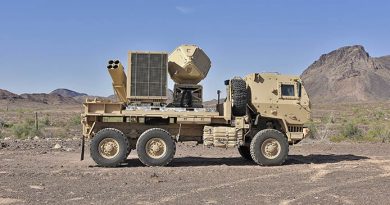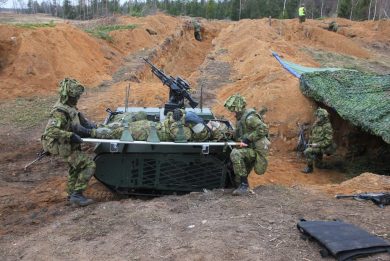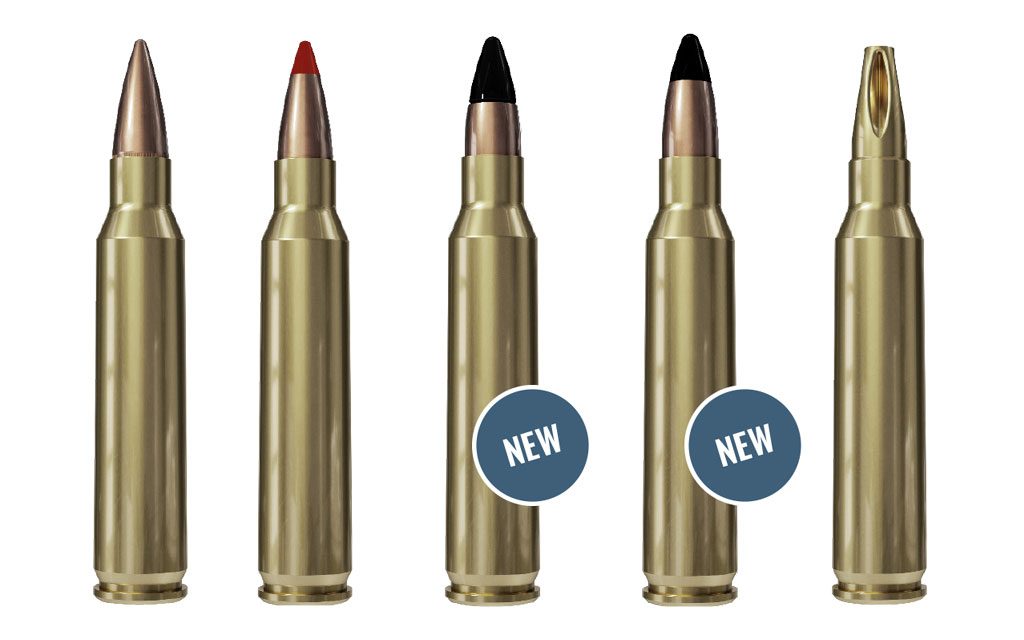
FNH: new rounds for operations and training
Firing effectively in operation, and reducing training constraints do to range safety measures, these are the issues that FN Herstal aimed at solving with the new ammunition unveiled at DSEI.
The effectiveness of the original SS-109 ball ammunition, the standard issue 5.56 x 45 mm round, has been questioned for a long time, and numerous improved rounds of that calibre have been developed along the years. It is now the turn of the Belgian company to address the market with a new product, called FN Permax; “two where the key issues to be addressed, obtaining a lead-free round and increasing its performances in terms of soft protected target penetration compared to the original ball round,” Sarah Nicolay, Product Manager ammunition tells EDR On-Line.
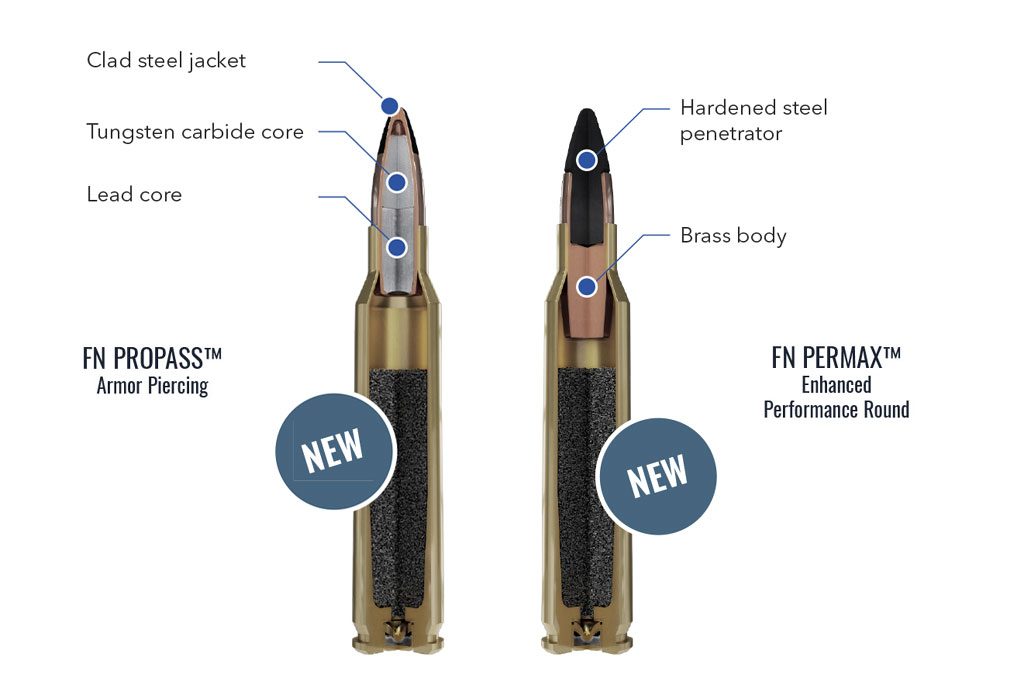
The latter was deemed a key parameter for optimising the Permax for urban combat, allowing it to penetrate cars, windshields, walls as well as body armour up to Level 3. The round has thus a hard steel penetrator in a brass body, which is not jacketed, all the mass going through the obstacle to reach the target, while barrel wear remains similar to that caused by the SS109. FN Herstal also developed a new armour piercing round in the same calibre, known as Propass, capable to penetrate Level 4 armour at 300 meters. This round maintains a lead core for mass purposes, the front of the round being made of tungsten carbide, with a clad steel jacket. The two rounds complete the family of 5.56×45 mm ammunition in the FN Herstal portfolio, the other ones being the SS109 ball, the L110 tracer and the blank ammunition. Both rounds are qualified in all 5.56 mm weapons produced by FN Herstal, either magazine or belt fed, and are ready for production.
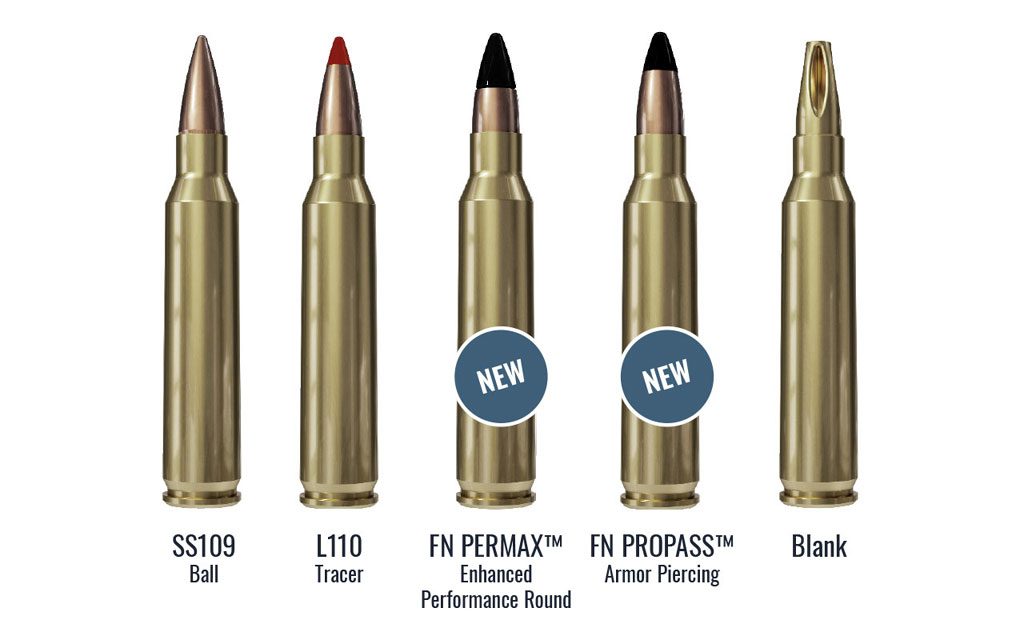
Going two steps higher in terms of calibre, weapons chambered for the 12.7 x 99 mm give serious problems in terms of training, as the range of that ammunition needs ranges with considerable depth, which are not always available especially in heavily populated areas such as most European countries. To allow proper training in smaller training areas FN Herstal developed two rounds known as Aria .50RR, the two last letters standing for Reduced Range, one being RR-T where T indicates tracer.
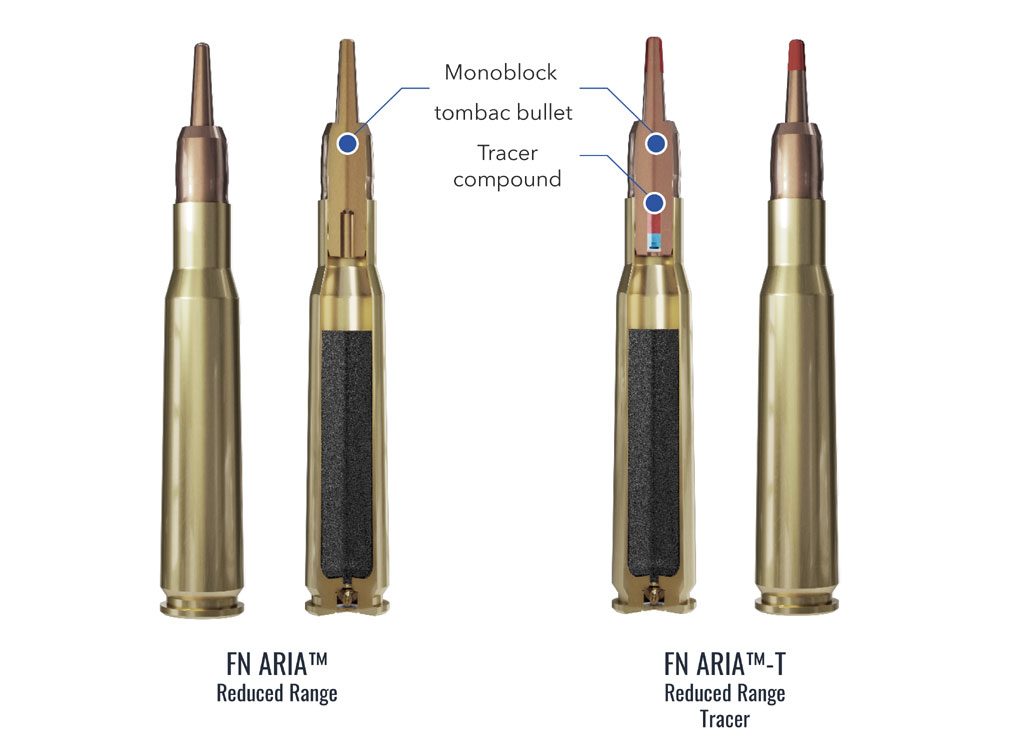
“The Aria .50RR in both versions ballistically matches the M33 ball round up to 550 meters range, then it goes transonic, does not retrieve rotation and falls to the ground,” Mrs. Nicolay explains safety range being 3,500 meters, equivalent to that of the 7.62 x 51 mm calibre. The reduced range is provided by the shape of the monoblock tombac bullet, the RR-T having a tracer compound at the back of the bullet. Both rounds have been qualified in FN Herstal 12.7 mm machine guns, the M2HB-QCB and the M3.
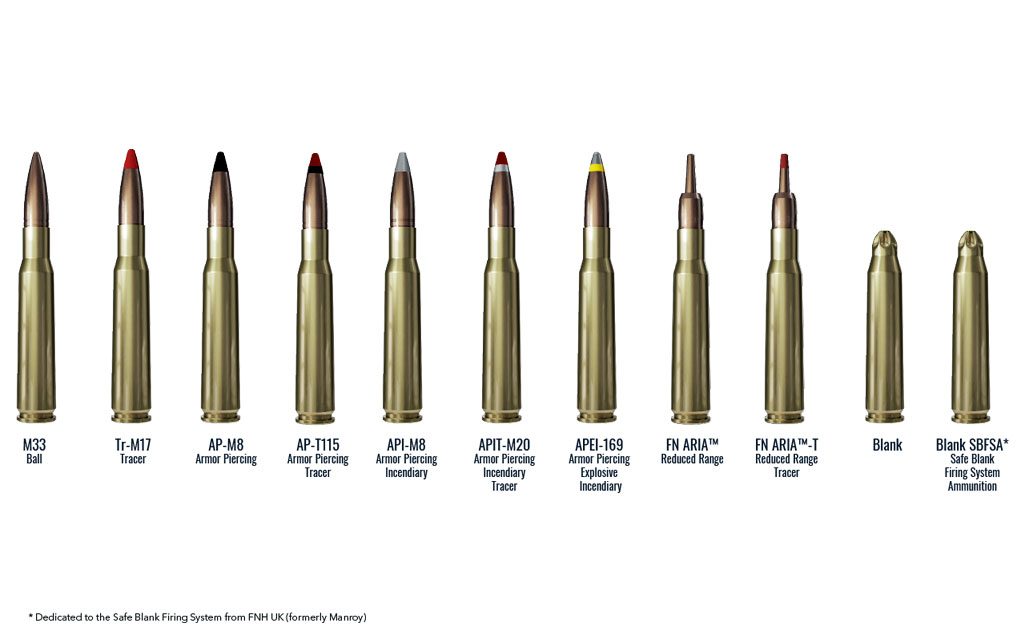
Photos courtesy FN Herstal


